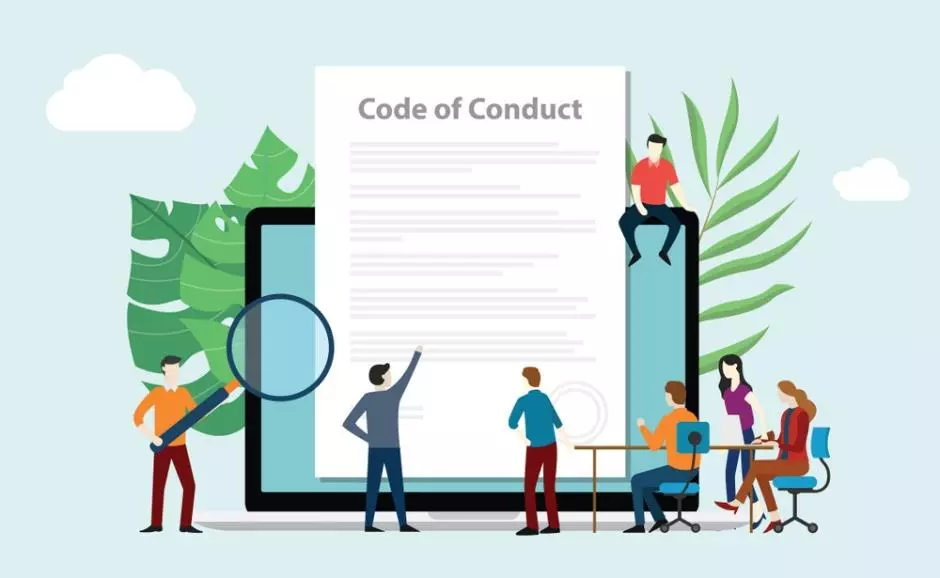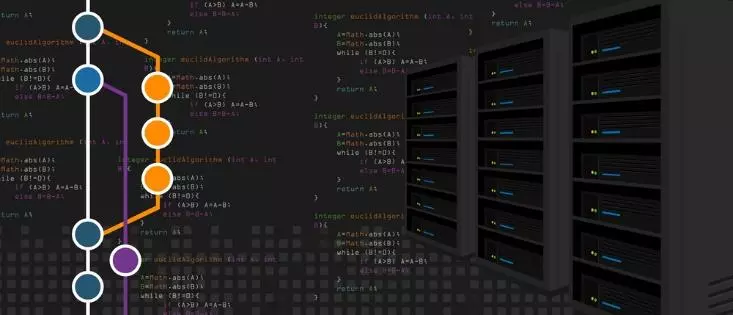➤ How to Code a Game
➤ Array Programs in Java
➤ Java Inline Thread Creation
➤ Java Custom Exception
➤ Hibernate vs JDBC
➤ Object Relational Mapping
➤ Check Oracle DB Size
➤ Check Oracle DB Version
➤ Generation of Computers
➤ XML Pros & Cons
➤ Git Analytics & Its Uses
➤ Top Skills for Cloud Professional
➤ How to Hire Best Candidates
➤ Scrum Master Roles & Work
➤ CyberSecurity in Python
➤ Protect from Cyber-Attack
➤ Solve App Development Challenges
➤ Top Chrome Extensions for Twitch Users
➤ Mistakes That Can Ruin Your Test Metric Program
6 Python Best Practices for Web Development That Developers Should Know | Python is one of the most popular programming languages in the market. Using Python best practices in machine learning to software creation and website development, developers can generate a wide range of applications for their pool.
It’s regarded as one of the programmer-friendly languages, which is probably why it was the second most searched language in 2019. It is one of the official languages used by the tech giant Google itself.
Therefore, having immense knowledge, expertise and hands-on experience in this language is somewhat that every developer should focus on. Speaking of focusing, if you’re into Python development or looking to start your career, then this is the article for you.
We’re sharing some insights into Python best practices that you can employ to get better at using this language. So, let’s check them out right away:
Ensuring Proper Documentation
Even if you’re new, you’d need to emphasize on commenting and documenting your stuff. It’s important since it helps keep things organized that can be used whenever needed. More importantly, it creates a clean coding atmosphere, which is in fact, one of the building factors for an expert programmer. In doing so, you can use:-
- Markdown: Markdown is a markup language that comes with plain text formatting. It helps convert markup text into HTML/ PDFs as needed.
- Sphinx: Sphinx is a tool used to generate code from existing reStructuredText as well as export files in HTML.
- reStructuredText: A great accessory tool that creates in-line documentation. You can use it for documenting your code and with other tools.
Using the aforementioned tools and languages, you can easily ensure that documenting your code is never a mess.

Using Proper Naming Conventions
Professional developers are well-versed in naming conventions since they’re an important participle of every language. Using proper naming conventions can help save you a lot of time especially when you have to fetch functions now and then.
In addition, there are numerous factors under consideration such as variables, classes, packages, etc. that are continuously used during the coding process. Having the same or complex naming conventions will ultimately lead to ineffective coding and errors, causing the entire code to crash, unable to run.
Moreover, the same naming conventions will create an impression that you’re calling the right function whereas you’ll be falling for the same mistake repeatedly. Hence, ensure that you’re versed in naming conventions.You can view naming convention tutorials online for Python and other languages while staying connected to fast internet to avoid missing anything. Make sure you’re streamlining it with the project’s needs to avoid miscommunication with your team.

Making Use of Virtual Environments
In most cases, developers often use virtual environments so that the end-users are able to install their set of PiP packages. This makes it easier to manage things and even integrate third-party libraries and modules for a Python project.
In addition to this, there are times when developers work on different versions of the same project In such a case, Python cannot differentiate between the two versions since they’re saved in the same directory.
Therefore, using a virtual environment is a great decision since you can store multiple versions of the same project independently.
Creating a Code Repository
Another element about coding that you cannot overlook is creating a coding repository. Repository structuring is crucial for any project, irrespective of the language. But if you truly want to excel at Python, then you should focus on creating a reliable and organized coding repository.
Why this is important because whenever you’re handling a project, there comes a time when you have to shift to something else. However, you’re also focused on the initial project and need more capable hands to get it completed.
In doing so, if you’re allowing someone else to work on the same project, then they’ll be accessing your code repository. It’s fundamental that the repository is organized since the opposite will make it difficult to get anything done.
A commonly used repository structure has the following elements:
- License: the root directory where the project license is placed
- Readme file: also a root directory where you’ve explained the entire project i.e. what’s it about, key focuses, etc.
- Module Code: holds the actual code that can be used
- Requirements.txt: also placed in the root directory. Holds project requirements
- Setup.py: placed in the root to distill builds and modules (distributes Python packages)
- Documentation: readable documentation placed in the docs directory
- Tests: project tests are kept in the test directory
Hence, a repository of this kind will help keep things organized for anyone to access and work on the project at any time.

Using PyPI
If you’re versed in Python, you might’ve heard about PyPI or Python Package Index. This is just like a repository that holds over 190 projects at a time that can be used to generate code. Or in other words, you can use these to add code pieces wherever required.
It’s truly a time-saving attribute that makes Python so great. Instead of writing the code for yourself, you can simply pick and use the code from the projects. Moreover, you can also install these using Pip and while you’re at it, you can even create and upload your packages too.
Bonus – Following the Zen of Python
Python developers are familiar with the Zen of Python. It’s not a code or anything that you should know and remember. However, it’s a short poem by Tim Peters that focuses on what’s important in Python. It’s as follows:-
Beautiful is better than ugly.
Explicit is better than implicit.
Simple is better than complex.
Complex is better than complicated.
Flat is better than nested.
Sparse is better than dense.
Readability counts.
Special cases aren’t special enough to break the rules.
Although practicality beats purity.
Errors should never pass silently.
Unless explicitly silenced.
In the face of ambiguity, refuse the temptation to guess.
There should be one– and preferably only one –obvious way to do it.
Although that way may not be obvious at first unless you’re Dutch.
Now is better than never.
Although never is often better than right now.
If the implementation is hard to explain, it’s a bad idea.
If the implementation is easy to explain, it may be a good idea.
Namespaces are one honking great idea — let’s do more of those!
It’s truly a guideline for professional and beginner Python developers and can help you organize your coding journey easily.
Closing Thoughts
Well, there you have it! With our focus on Python best practices, you should be able to indulge yourself in safe and productive proceedings. Remember, you’ll only enjoy coding if you’re into it, and that’s something you have to figure out yourself.